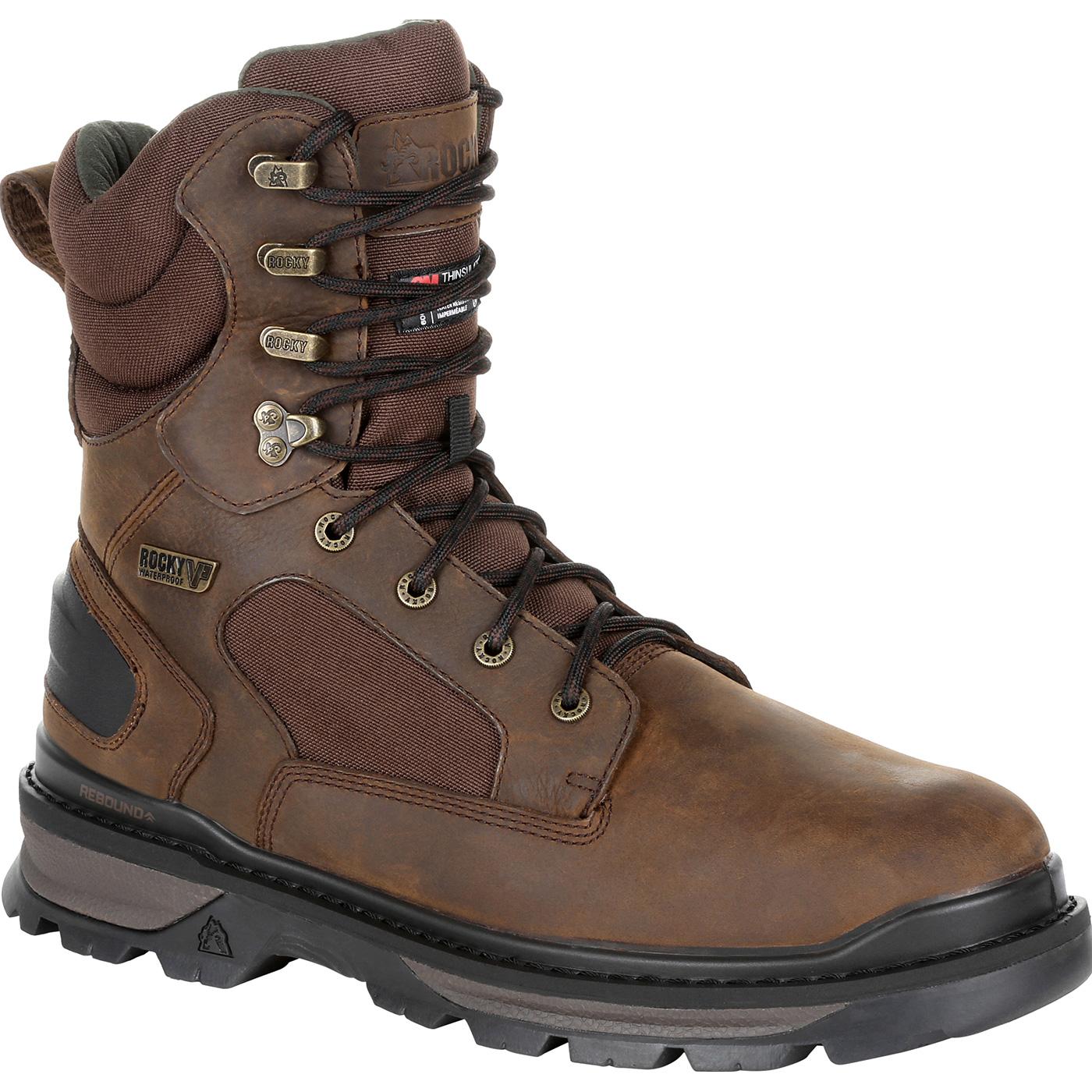600g Insulated Boots Temperature Rating

When it comes to insulated boots, understanding the temperature rating is crucial, especially for individuals who spend a significant amount of time outdoors in cold climates. The temperature rating of 600g insulated boots refers to the amount of insulation used in the boot, measured in grams. However, the actual temperature at which these boots will keep your feet warm depends on several factors, including the type of insulation, the quality of the boot’s construction, and individual factors such as metabolism and circulation.
To break it down, the “600g” in 600g insulated boots typically refers to the weight of the insulation, such as Thinsulate or similar synthetic insulation, used in the boot. This weight indicates the amount of insulating material packed into the boot. Generally, the higher the gram weight, the warmer the boot is designed to be. For example, 600g of insulation is considered moderate to heavy insulation, suitable for cold but not extremely cold conditions.
Factors Influencing Warmth
Several factors can influence how warm 600g insulated boots will keep your feet:
- Activity Level: If you are highly active, such as hiking or skiing, you may generate enough body heat to stay warm in colder conditions than someone who is less active.
- Circulation: Poor circulation can lead to cold feet regardless of the boot’s insulation.
- Type of Insulation: Different types of insulation have varying efficiency. For instance, down insulation is very warm but loses its insulating properties when wet, whereas synthetic insulation like Thinsulate retains its warmth even when damp.
- Boot Quality and Construction: A well-sealed, waterproof boot with a good insulating material will perform better than a poorly constructed one.
- Temperature and Conditions: The actual outside temperature, wind, and whether it’s wet or dry significantly impact how warm the boots will keep your feet.
Temperature Rating Guidelines
While the exact temperature at which 600g insulated boots will keep your feet warm can vary, here are some general guidelines based on activity level and conditions:
- Light Activity (Standing, Walking): 600g boots might keep feet warm in temperatures ranging from just below freezing to around 14°F (-10°C), depending on the factors mentioned above.
- Moderate Activity (Hiking, Skiing): For more active pursuits, 600g boots could provide warmth in temperatures slightly lower, potentially down to 0°F (-18°C) or slightly lower, considering the body heat generated by activity.
Practical Considerations
When selecting insulated boots, consider the following practical steps:
- Assess Your Needs: Determine the typical conditions and activities you’ll be in.
- Choose the Right Insulation: Consider the type of insulation and its suitability for your activities (e.g., waterproofness, breathability).
- Try Them Out: If possible, try on boots in a store to ensure a comfortable fit, as this also affects warmth and performance.
- Layering: Consider using thermal socks and possibly gaiters to add extra warmth and protect the boot from snow and moisture.
In conclusion, while 600g insulated boots can provide warmth in cold conditions, the actual temperature at which they will keep your feet warm depends on a variety of individual and environmental factors. Understanding these factors and choosing the right boot for your specific needs can make a significant difference in comfort and performance.
What does the "600g" in 600g insulated boots refer to?
+The "600g" refers to the weight of the insulation used in the boot, indicating the amount of insulating material packed into the boot.
How does activity level affect the warmth of 600g insulated boots?
+A higher activity level generates more body heat, which can keep your feet warm in colder conditions compared to lighter activity levels.
What factors should I consider when choosing insulated boots for cold conditions?
+Consider the type of insulation, boot quality and construction, your activity level, and the specific conditions you'll be in. Also, think about layering clothes and using accessories like thermal socks and gaiters for extra warmth.
By considering these aspects and selecting the appropriate footwear, individuals can better prepare themselves for cold weather conditions, ensuring both comfort and safety. Whether for occasional use or frequent outdoor activities, understanding the nuances of insulated boots can make a significant difference in one’s overall experience.


